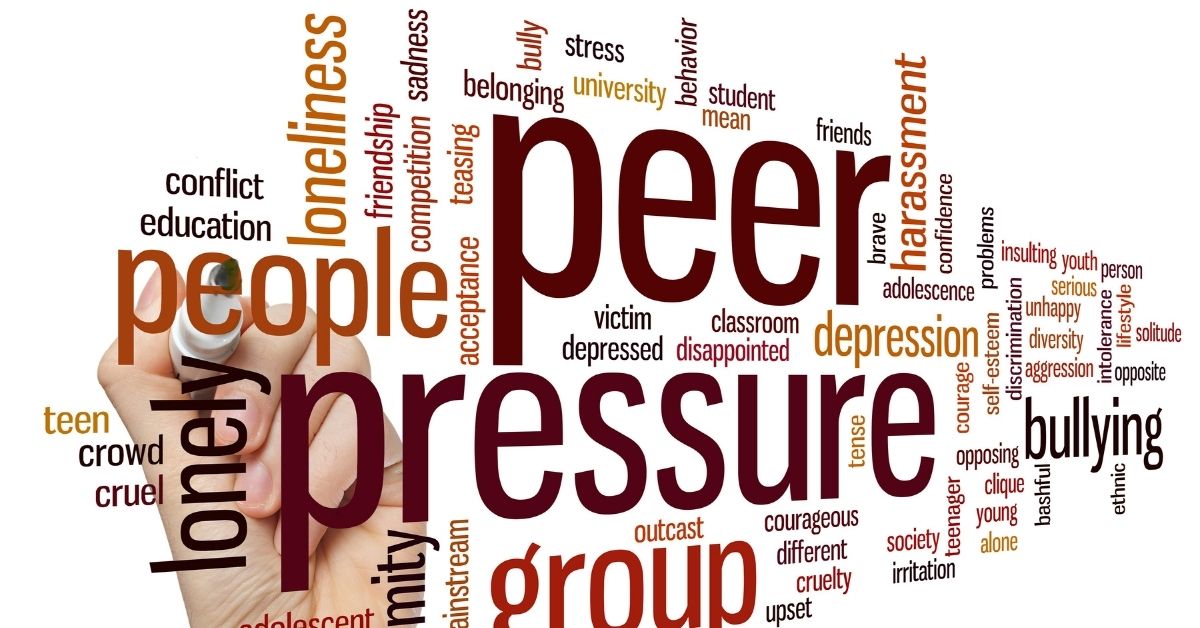Child influencers have skyrocketed to fame on social media platforms, producing content that ranges from unboxing toys and trying out recipes to participating in viral dance trends. With hundreds of thousands—sometimes millions—of followers, these young personalities wield significant influence over their peers. They can drive consumer trends, shape personal interests, and, in many cases, become role models for children worldwide. However, just because a child is front and center of a branded post or a viral video does not mean the content is inherently trustworthy or harmless. In this article, we’ll explore why it’s crucial to verify the information child influencers present and discuss strategies to safeguard young audiences from potential pitfalls.
The Rise of Child Influencers
Social media has democratized fame; it no longer takes a big-budget studio or national TV channel to create a star. With a camera phone and some creativity, almost anyone can attract a substantial online following. This accessibility is a double-edged sword. On one hand, it provides children with the opportunity to showcase their talents—whether it’s singing, dancing, or comedic skits. On the other hand, it places enormous pressure on young individuals to constantly produce content, often without fully grasping the long-term implications for their mental health, privacy, or credibility.
Blurring the Line Between Entertainment and Advertising
One of the most pressing concerns about child influencers is the difficulty in distinguishing genuine content from promotional material. Many child influencers collaborate with brands, endorsing everything from toys and clothing lines to snack foods and tech gadgets. While laws in some regions mandate labeling sponsored content as such, enforcement can be inconsistent. Younger viewers may not recognize hashtags like #ad or #sponsored as indicators of paid partnerships. This blurring of entertainment and advertising can be misleading and manipulative, shaping children’s consumer habits without their informed consent.
The Role of Parents and Guardians
Behind most child influencers stands a parent or guardian who manages the account—selecting which brands to work with, scheduling content, and interacting with followers. These adults sometimes receive substantial financial gains from their child’s online presence. While many parents approach this responsibly, there’s a risk of exploitation. Children may be pushed to create videos or attend events even when they’d rather engage in typical childlike activities away from the camera. Moreover, the desire for continued sponsorships might pressure parents to accept deals that are not aligned with healthy child development or values, thereby prioritizing profits over a child’s well-being.
Verifying Authenticity: Red Flags to Watch For
For parents and educators, understanding the authenticity of a child influencer’s content is vital. Here are a few red flags:
- Over-Promotional Content: If every post or video seems to promote a product, service, or brand, it’s an indicator that the channel may be more about marketing than genuine storytelling or sharing personal experiences.
- Hidden Sponsorships: Be wary of content that appears organic but includes subtle product placements or repeated brand mentions without disclosure. This tactic can be more insidious because it’s not clearly marked as an ad.
- Inconsistent Messages: If a child influencer advocates for healthy eating in one post but promotes sugary snacks in another, they might be chasing sponsorship deals without a cohesive personal or ethical stance.
- Lack of Age-Appropriate Content: Some child influencers might produce content that seems suspiciously mature or even exploitative. Pay attention to whether the themes and language align with what you’d expect from someone their age.
Privacy and Safety Concerns
Child influencers often share personal details—birthdays, hobbies, family routines—that can expose them to privacy breaches or even stalking. An influencer’s account might show the interior of their home, the school they attend, or their favorite parks, inadvertently providing too much information. For followers who are also children, witnessing this high level of personal exposure may normalize unsafe sharing of personal data. It’s therefore essential for parents to discuss with their children why certain pieces of information should not be posted online. Encourage them to question whether they would want a classmate or stranger to have that knowledge about them.
Impact on Young Viewers’ Self-Esteem
The polished, curated lifestyles displayed by child influencers can create unrealistic expectations among their peers. Many young viewers may feel inadequate if they can’t match the influencer’s trendy clothes, latest gadgets, or exciting outings. This can lead to a range of self-esteem issues and unhealthy comparisons. Instead of seeing these videos as entertainment or promotional content, children might internalize them as social standards. By having open conversations about digital literacy and self-image, parents can mitigate some of these effects.
Teaching Digital Literacy
Digital literacy is not just about knowing how to use technology; it’s also about understanding how online content is created, funded, and distributed. Parents can guide children in the following ways:
- Question the Source: Encourage kids to ask who made a video, why they made it, and if any brands sponsored it.
- Identify Advertisements: Teach children how to look for disclaimers like “Paid Partnership” or hashtags like #ad.
- Examine Credibility: Discuss whether the child influencer has any expertise or formal training that qualifies them to talk about certain products or topics, especially if they’re endorsing health or educational content.
- Differentiate Between Wants and Needs: Help children recognize marketing strategies that trigger impulse buying or peer pressure.
Responsible Consumption of Influencer Content
No matter how diligently you filter content, completely avoiding child influencers may not be feasible—or even necessary. Some child influencers genuinely produce uplifting or informative content. The key is responsible consumption. Sit down with your child to watch a video, then pause to talk about what you see. Ask questions like, “Why do you think they’re showing this product?” or “Do you believe that claim they made?” This fosters critical thinking and helps children become active viewers rather than passive consumers.
The Role of Regulation and Industry Standards
Legislation in various countries attempts to regulate online advertising, including mandates to label sponsored content. However, social media platforms often operate across multiple jurisdictions, complicating enforcement. Some platforms have started introducing child-safe versions or more robust parental controls, but these measures can be a patchwork. Parents and educators can join advocacy groups or coalitions pushing for clearer, more comprehensive regulations. The goal is not to end child influencers but to ensure they and their young audiences are protected from exploitation, hidden advertising, and misleading content.
Encouraging Healthy Online Habits
Kids naturally gravitate toward content featuring peers their age. Instead of banning these channels outright, teach your children to approach them with a critical eye. Help them understand that they’re seeing only a small, curated fraction of an influencer’s life. Encourage them to spend time on educational platforms, reading, or hobbies that build real-life skills. By diversifying their leisure activities, kids learn that their worth and happiness aren’t tied to likes, follows, or brand deals.
The Future of Child Influencers
Child influencers aren’t a passing fad; as social media evolves, so too will the methods of capturing young audiences’ attention. Virtual influencers—animated characters powered by artificial intelligence—are already on the rise, blurring lines of authenticity even further. While these developments promise new creative outlets, they also pose fresh challenges regarding transparency, ethics, and child protection. As long as families remain vigilant and engaged, children can safely enjoy online content while learning to discern fact from marketing fiction.
Conclusion
Child influencers can be a source of inspiration and entertainment, showcasing remarkable talents or offering relatable glimpses into everyday life. Nevertheless, the line between genuine content and advertising can be thin, and the stakes are high when young audiences are involved. By verifying the authenticity of these influencers—watching for red flags, maintaining open conversations with children about what they see online, and prioritizing digital literacy—parents can help their kids navigate social media responsibly. In doing so, children can learn to appreciate the creative aspects of the online world without falling prey to deceptive marketing or privacy risks. Ultimately, the goal is not to eliminate child influencers but to ensure their influence remains positive, transparent, and grounded in ethical practices that truly benefit young viewers.








